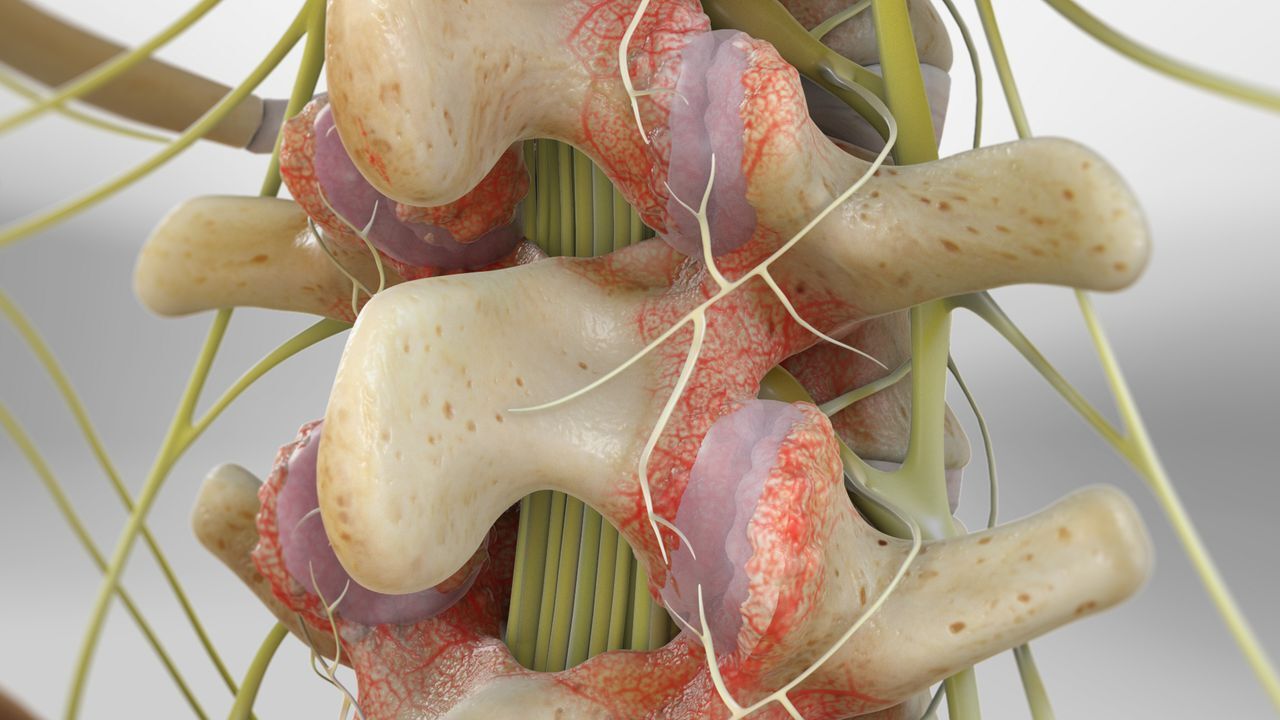
Facet Syndrome can be a real pain in the back—literally! This condition affects the small joints located between each vertebra in your spine, causing discomfort and limiting movement. But what exactly is it? Facet Syndrome occurs when these joints become inflamed or damaged, often due to aging, injury, or repetitive stress. Symptoms can range from mild stiffness to severe pain that radiates to other parts of the body. Understanding this condition is crucial for managing it effectively. In this blog post, we'll dive into 25 essential facts about Facet Syndrome to help you better understand its causes, symptoms, and treatment options.
What is Facet Syndrome?
Facet syndrome, also known as facet joint syndrome, is a condition that affects the small joints located between each vertebra in the spine. These joints, called facet joints, help stabilize the spine and allow for flexibility and movement. When these joints become inflamed or damaged, it can lead to pain and discomfort.
-
Facet syndrome often results from wear and tear on the spine, which can occur due to aging or repetitive movements.
-
Facet joints are lined with cartilage and surrounded by a capsule of fluid, which helps them move smoothly.
-
Pain from facet syndrome is typically localized to the affected area but can radiate to other parts of the body.
Causes of Facet Syndrome
Understanding the causes of facet syndrome can help in managing and preventing the condition. Here are some common causes:
-
Aging is a primary cause, as the cartilage in the facet joints can wear down over time.
-
Injury to the spine, such as whiplash from a car accident, can damage the facet joints.
-
Repetitive movements or heavy lifting can strain the facet joints, leading to inflammation.
-
Poor posture can put extra stress on the facet joints, contributing to facet syndrome.
Symptoms of Facet Syndrome
Recognizing the symptoms of facet syndrome is crucial for early diagnosis and treatment. Here are some common symptoms:
-
Localized pain in the neck or lower back is a common symptom.
-
Stiffness and reduced range of motion in the spine can occur.
-
Pain that worsens with certain movements, such as twisting or bending backward.
-
Muscle spasms around the affected area can also be a symptom.
Diagnosis of Facet Syndrome
Accurate diagnosis is essential for effective treatment. Here are some methods used to diagnose facet syndrome:
-
Physical examination by a doctor can help identify areas of pain and stiffness.
-
Imaging tests such as X-rays, CT scans, or MRIs can provide detailed images of the spine and facet joints.
-
Facet joint injections can be used both for diagnosis and treatment. If the injection relieves pain, it confirms the diagnosis.
Treatment Options for Facet Syndrome
There are various treatment options available for managing facet syndrome. Here are some common treatments:
-
Physical therapy can help improve flexibility and strengthen the muscles around the spine.
-
Medications such as anti-inflammatory drugs or muscle relaxants can help manage pain and inflammation.
-
Facet joint injections can provide temporary pain relief and reduce inflammation.
-
Radiofrequency ablation is a procedure that uses heat to destroy nerve fibers carrying pain signals from the facet joints.
-
Surgery may be considered in severe cases where other treatments have failed.
Preventing Facet Syndrome
Taking steps to prevent facet syndrome can help maintain a healthy spine. Here are some prevention tips:
-
Maintain good posture to reduce stress on the facet joints.
-
Exercise regularly to keep the spine flexible and strengthen the muscles supporting it.
-
Avoid repetitive movements that can strain the facet joints.
-
Use proper lifting techniques to prevent injury to the spine.
-
Stay at a healthy weight to reduce the load on the spine and facet joints.
-
Take breaks during long periods of sitting or standing to avoid putting too much pressure on the spine.
Final Thoughts on Facet Syndrome
Facet syndrome can be a real pain, literally. Understanding the symptoms, causes, and treatment options can help manage this condition better. From back pain to limited mobility, knowing what to look for is crucial. Treatments range from physical therapy and medications to injections and surgery. Early diagnosis and intervention can make a big difference in quality of life. Don’t ignore persistent back pain; consult a healthcare professional for a proper diagnosis. Remember, staying active and maintaining a healthy weight can also help prevent or alleviate symptoms. Knowledge is power, and being informed about facet syndrome can lead to better management and relief. Stay proactive about your health and take steps to keep your spine in good shape.
Was this page helpful?
Our commitment to delivering trustworthy and engaging content is at the heart of what we do. Each fact on our site is contributed by real users like you, bringing a wealth of diverse insights and information. To ensure the highest standards of accuracy and reliability, our dedicated editors meticulously review each submission. This process guarantees that the facts we share are not only fascinating but also credible. Trust in our commitment to quality and authenticity as you explore and learn with us.


